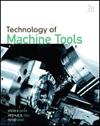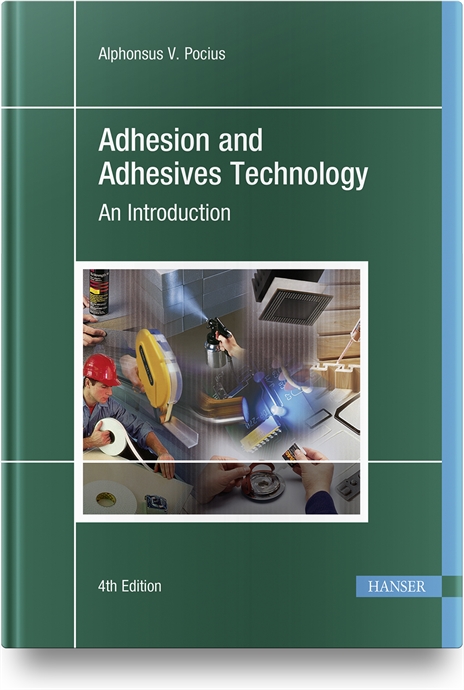Today's unmanned military vehicles trace their roots to a Serbian immigrant. In 1898, Tesla was granted a U.S. patent for a “Method of and Apparatus for Controlling Mechanism of Moving Vessels or Vehicles.” The patent covered “any type of vessel or vehicle which is capable of being propelled and directed, such as a boat, a balloon or a carriage.”
During the next decade, the Pentagon plans to spend billions of dollars to create a new generation of unmanned vehicles for various land, sea and air applications that are “dangerous, dirty or dull.”
All of those devices trace their roots to a Serbian immigrant who spent decades toiling in the shadow of Thomas Edison. Nikola Tesla (1856-1943) was the inventor of alternating current (the arch-rival to Edison’s DC) and experimented with spectacular wireless transfers of electricity using large coils. In addition to his innovative work with AC motors, dynamos, hydroelectric power and X-ray technology, Tesla found time to invent the world’s first practical remote-controlled robot.
On Nov. 8, 1898, Tesla was granted a U.S. patent (No. 613,809) for a “Method of and Apparatus for Controlling Mechanism of Moving Vessels or Vehicles.” The patent covered “any type of vessel or vehicle which is capable of being propelled and directed, such as a boat, a balloon or a carriage.”
During an electrical industry trade show at Madison Square Garden in New York City, Tesla publicly demonstrated an unmanned ship in a large tank of water. According to contemporary news reports, the historic event created quite a sensation. Some people believed that Tesla was controlling the mysterious three-foot-long, battery-powered ship with his mind.
The “teleautomaton” responded to signals of only one frequency. Tesla used a “sensitive device” called a coherer, which consisted of a metal oxide powder that was subjected to a magnetic field. A thin metal antenna on the iron ship received radio waves, which caused the powder grains to cohere and complete an electrical circuit.
Tesla transmitted wireless signals to the boat using a small box that contained a lever and a telegraph key. A geared mechanism located near the stern shifted a disk that contained numerous sets of electrical contacts. When the disk was advanced, it activated connections that powered the ship’s electromagnetic motors, which controlled a rudder for steering and a screw propeller for propulsion. Tesla used cables with leather insulation as conductors.
A submersible version of the ship was later created. However, Tesla was unsuccessful in selling his invention to the U.S. Navy. Among other things, the Navy brass claimed that the ship looked too fragile to withstand a battle. Tesla also failed to sell his unmanned vehicle concept to investment bankers and private investors.
The Tesla Museum in Belgrade, Serbia, contains a replica of the 1898 teleautomaton boat. A local team of engineers built it several years ago using 300 parts that were manually created using Tesla’s original hand-scribbled notes.
Nikola Tesla: Father of Unmanned Vehicle Technology
Looking for a reprint of this article?
From high-res PDFs to custom plaques, order your copy today!








